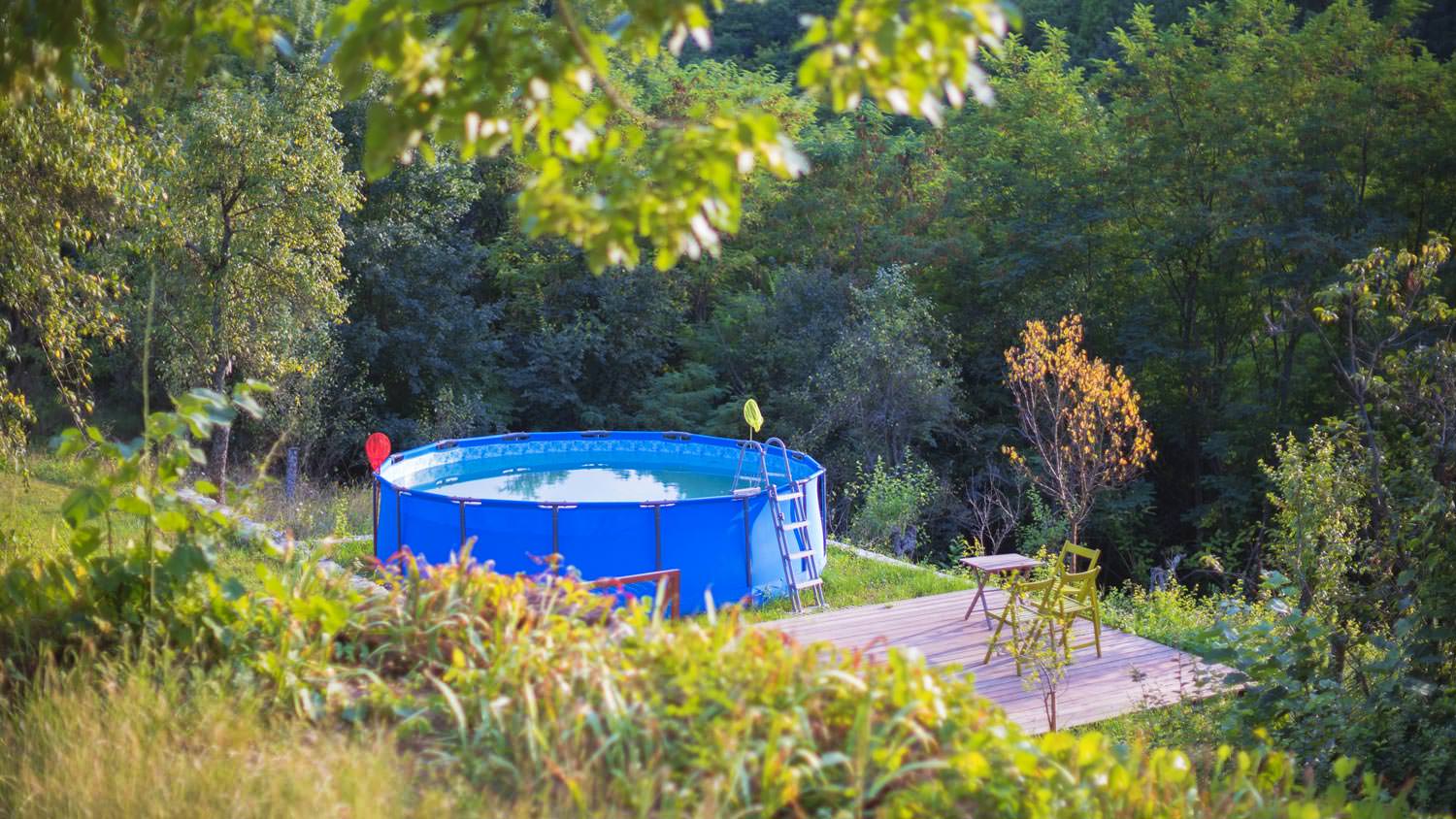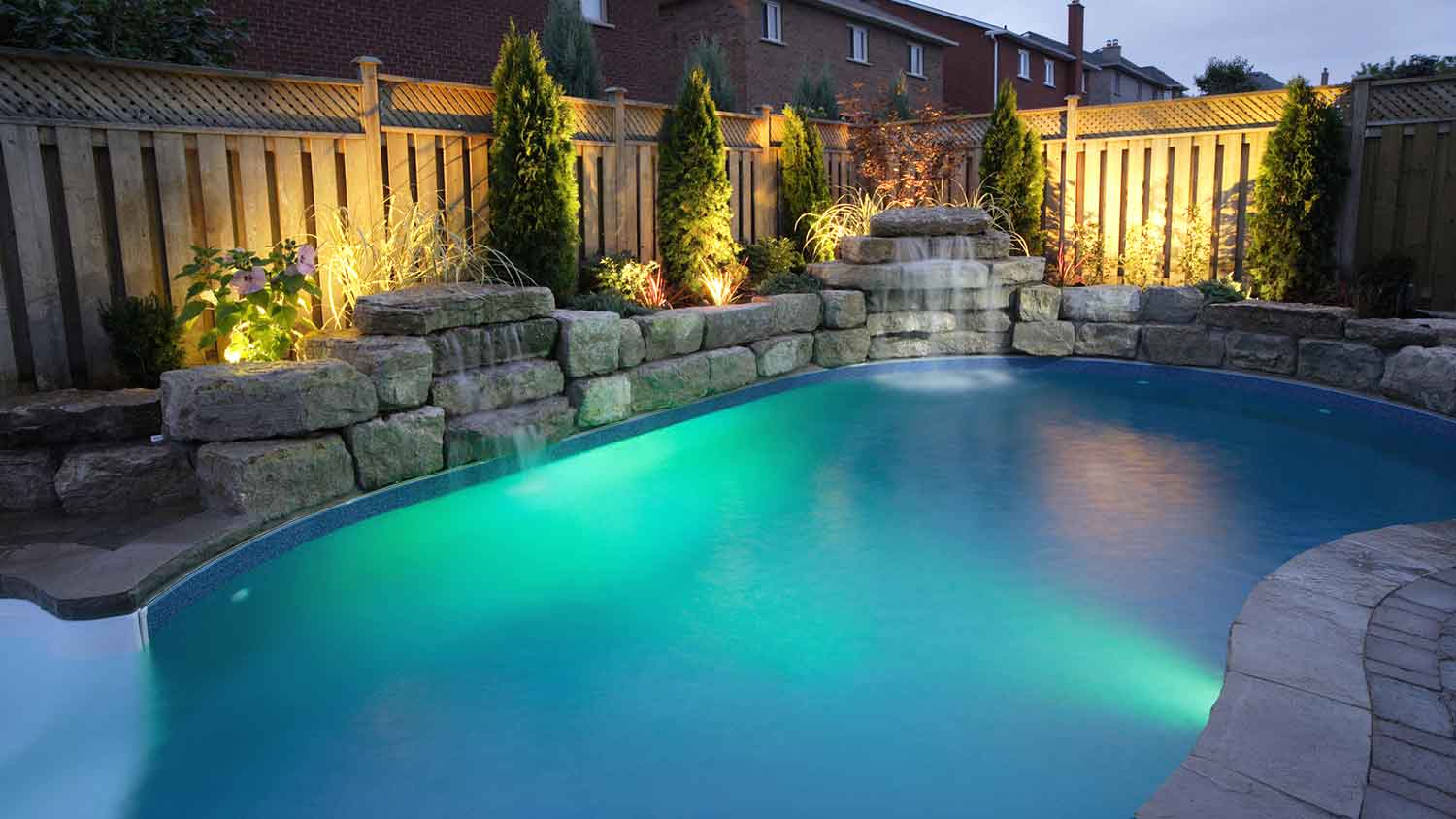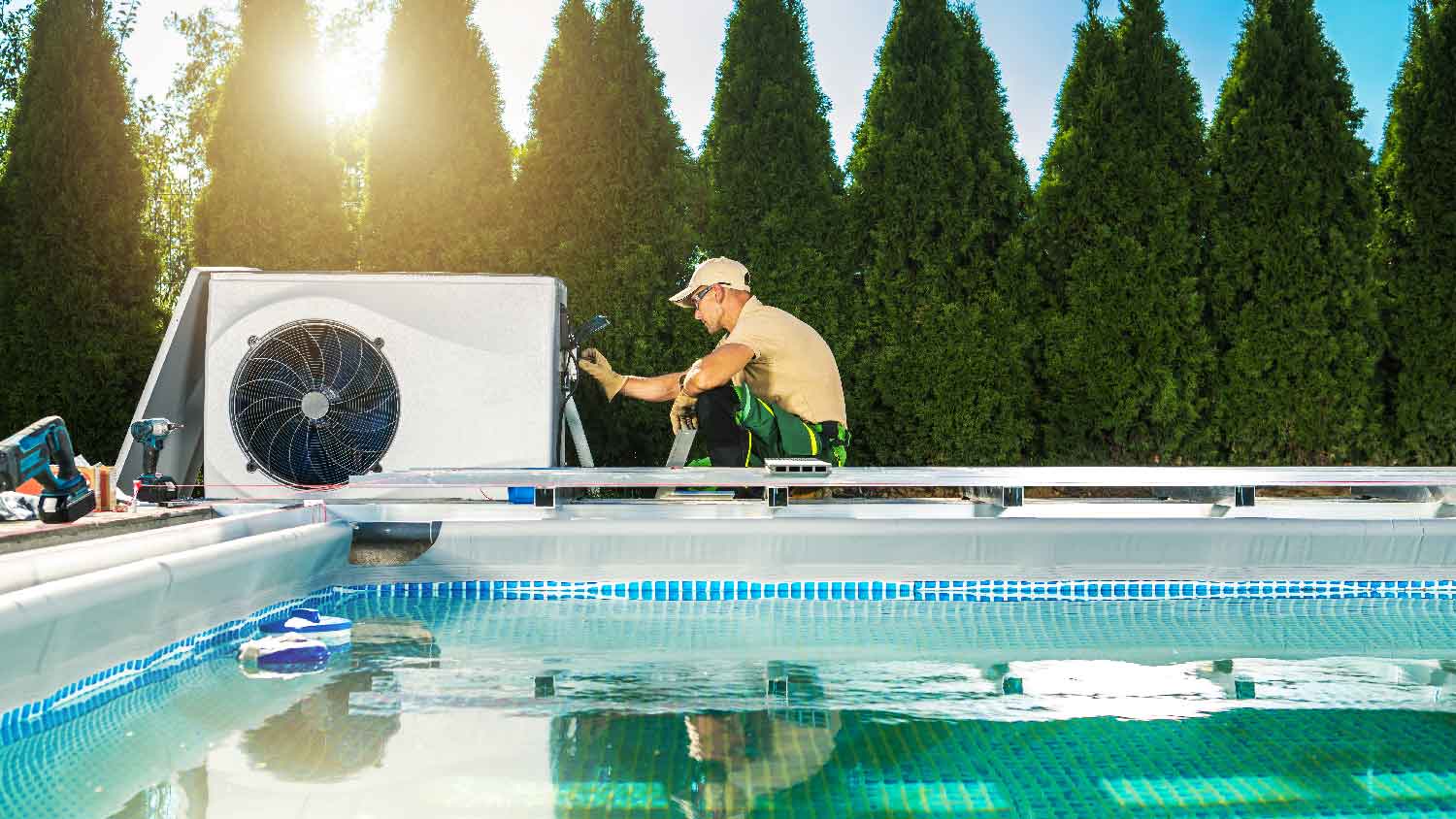RUTLEDGE BUILDERS
RUTLEDGE BUILDERS
Family owned business. We do all types of construction and remodeling both residential and commercial. We build custom homes and have spec homes for sale.
Family owned business. We do all types of construction and remodeling both residential and commercial. We build custom homes and have spec homes for sale.









